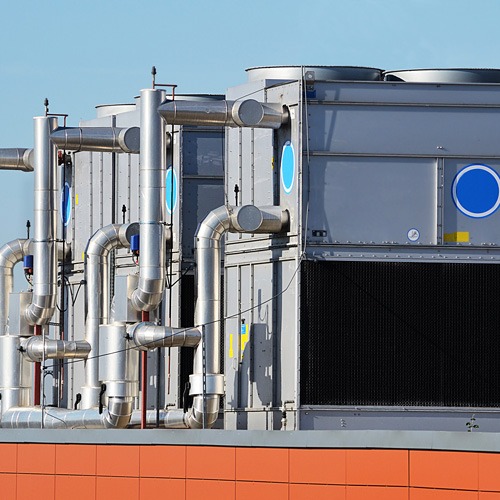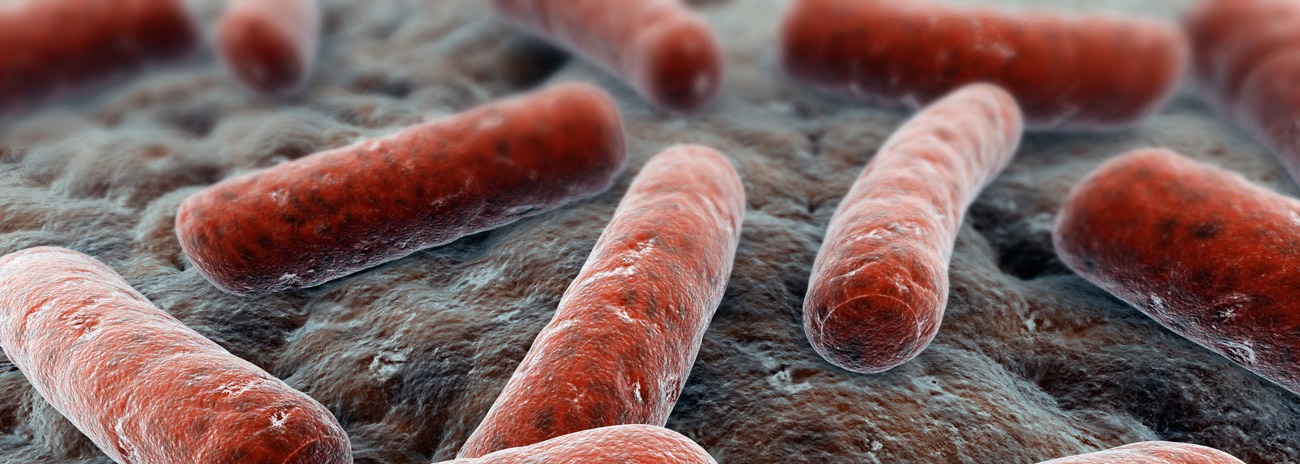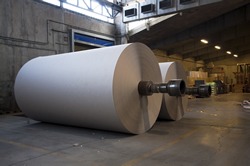Cooling Tower Pack Cleaning & Disinfection – CIP
Pack cleaning and ACoP L8
Accepta’s CIP pack cleaning range has been developed to offer a practical alternative to pack removal in the tower cleaning procedure outlined in paragraph 138 of the UK Health and Safety Executives Approved Code of Practice L8, where it is not practical to remove the tower packing.
Although removal of the tower pack for cleaning is regarded as best practice by the HSE, alternative methods of cleaning the tower may be considered where there are practical difficulties in doing so. The efficacy of these alternative procedures must be verified.
CIP cooling tower pack products
- CIP Tower Pack Foam Cleaner – Accepta 2520 is a high performance foaming cleaner developed for cooling tower pack cleaning and CIP applications. Accepta 2520 is based on phosphoric acid that incorporates a foaming agent tolerant to acid and chlorine dioxide.
- CIP Tower Pack Foam Cleaner (Acid Safe) – Accepta 2522 is a low acid, high performance foaming cleaner developed for cooling tower pack cleaning and CIP applications. It is an alternative product to Accepta 2520 and can be used where corrosion may be an issue.
- CIP Tower Pack Chlorine Dioxide – Accepta 2521 is a specially developed stabilised chlorine dioxide solution developed for use in conjunction with Accepta 2520 and Accepta 2522 for cooling tower pack cleaning and CIP applications. It is packed in 250 ml containers and is sufficient to generate 50 ppm of chlorine dioxide when mixed.
- CIP Tower Pack Antifoam – Accepta “Tower Pack CIP Antifoam” is compatible with both Accepta 2520 and 2522 and has been developed to counter the foaming properties of the cleaning products without leaving residues.
- CIP Tower Pack Neutraliser – Accepta “Tower Pack CIP Neutraliser” has been selected to help neutralise both excess acidity and chlorine dioxide, allowing safe disposal of the spent cleaning solution from the tower.
Pack cleaning procedure
This cleaning procedure is based on the use of the Accepta CIP Tower Pack Cleaning products listed above and is intended for the routine cleaning of cooling towers. It is not to be used for the descaling of badly fouled towers.
Where a tower is heavily fouled an assessment of the nature and degree of fouling must be made, and then an appropriate remedial procedure must be carried out.
The HSE’s Approved Code of Practice, L8, requires the following steps:-
1) Pre-clean and disinfection
2) Pack removal and manual clean of the system
3) Post clean and disinfection
The basic steps in this alternative procedure are as follows:
1) Pre-clean and disinfection.
2) Foam the pack.
3) Rinse the pack thoroughly with defoamer and neutraliser.
4) Inspect the packing to verify the process has been effective.
5) Manually clean the tower to remove all debris etc.
6) Post clean disinfection.
Detailed tower pack cleaning procedures
Select either Accepta 2520 for slightly scaled systems or Accepta 2522 for systems with no apparent scale or where there are components vulnerable to acidic attack.
Do not use these products to clean evaporative condensers.
The activation procedure takes 15 – 20 minutes, so this should be done towards the end of the pre-clean disinfection step.
Add the 250 ml of Accepta 2521 to 10 litres of Accepta 2520 or Accepta 2522.
Seal the container and mix the contents thoroughly, at this stage 500 ppm of chlorine dioxide is generated and remains active for several hours.
The chlorine dioxide is present to assist in the removal of biofilms and to provide additional protection to operatives. It is not present to eliminate the necessity for either of the usual disinfection stages.
The foam is generated and applied through a suitable pressure jet washer fitted with a venture device and foam lance. The venturi must be fitted between the pump and the lance, not before the pump, as this cause damage to the pump. The venturi must be capable of mixing 10% detergent into the water.
At 10% dilution, the detergent will contain 50ppm chlorine dioxide, this can be confirmed using Accepta chlorine dioxide test strips (0 – 100 ppm).
The foam lance should be capable of generating wet clingy foam. Dry dense foam is not suitable as it does not penetrate the pack and takes a long time to travel through the pack.
Appropriate health and safety measures should be taken working at heights on slippery surfaces and when using hazardous chemicals.
Foam the top of the tower generously. As the product penetrates reapply the product. Continue to apply the foam as required to maintain a steady stream through the pack. As the foam exits the pack test the acidity and chlorine dioxide levels. The results will indicate the extent of scaling and fouling with organic matter.
Continue to foam and test until the foam exiting the pack has an acidity and chlorine dioxide level close to that of the original detergent. Leave the remaining foam in the pack for half an hour.
Treat the spent detergent in the tower sump with defoamer and neutraliser. Rinse the pack with clean low pressure water.
Post clean inspection
The interior of the pack can be inspected using an endoscope.
If the condition of the pack is satisfactory, continue to clean the remaining parts of the tower and follow the post-clean disinfection procedure. If necessary and considered beneficial, repeat the foaming procedure and then continue the cleaning and disinfection process as normal.
If the product procedure has not achieved a satisfactory level of cleanliness within the pack the strategy for cleaning the tower must be reviewed.
Find out more about our Pack cleaning chemicals here.







